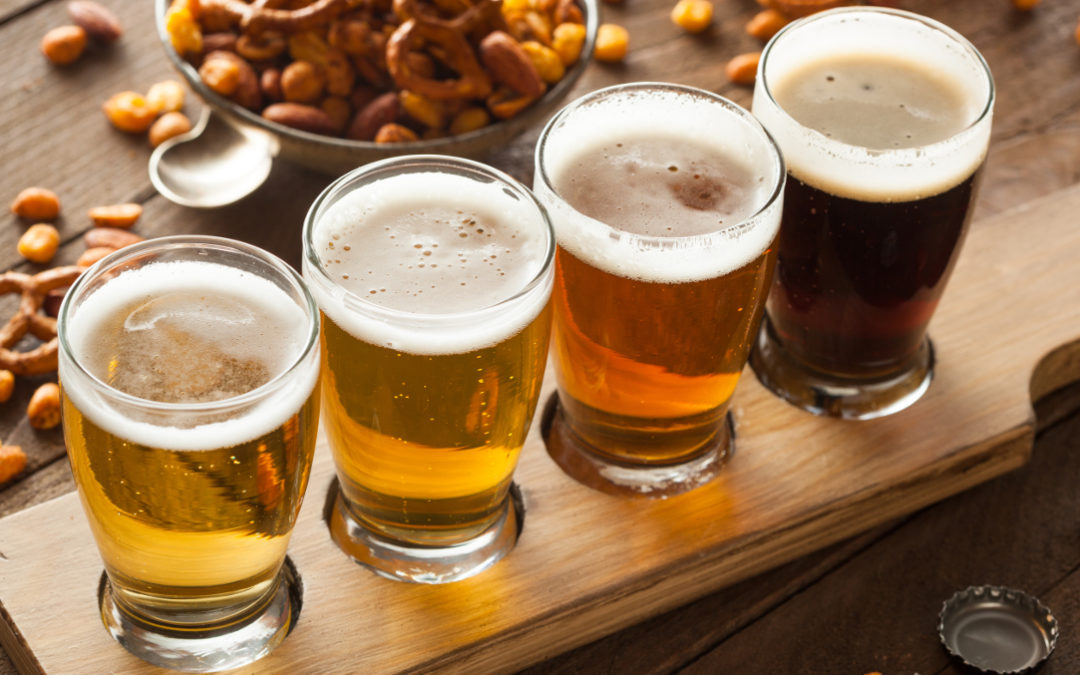Introduction To Off Flavours
Before you begin your investigation into the realm of off flavour beers, it is critical that you understand that these qualities are sometimes the actual characteristics of a beer’s style or signature. Whether you are a home-brewer or a passionate lover of beer, off-flavours do not add to the refreshing, quenching aspects of a night with a great brew. As a guide to your beer-experience, here is a list of odd-ball beer taste-sensations & off flavour beers, and their causes and cures:
Acetaldehyde – This is an intermediate compound in the formation of ethanol. If beer is not given ample time to age and condition, it develops the flavour profile of green apples or farm-fresh pumpkin. If the ethanol oxidizes or becomes contaminated with bacteria, it moves one step further and takes on a more cidery taste. Usual cure: longer cold storage.
Alcoholic – This profile is characterized by a hot and overly spiced flavour, accompanied by a wine-like aroma. It tends to impart a prickly feel to the lips, throughout the mouth, and in the back of the throat. When fermentation occurs at too high a temperature, higher weight fusel oils and alcohols are released, rather than lower weight ethanol.
Esters – These fruity profiles are generally produced by the strain of yeast used. Higher fermentation temperatures produce more fruity esters, as well. Usual cure: Increased ageing and conditioning, correct yeast selection correct fermentation temperature.
Grassy – This profile has the characteristics of chlorophyll or freshly cut grass, sometimes with a musty aroma. It may be caused by poorly stored malt or hops, hops that were not adequately dried in proper conditions, or the result of aldehydes that produce the odour of green grass.
Light-struck – These cat-litter or skunky aromas are due to a sulphur-based corruption of hop flavours, the resultant effect of exposure of beer to the sun or fluorescent lighting conditions. use brown glass bottles; brew in a stable, dark environment light struck beer can occur in just a few minutes of exposure.
Metallic – This taste profile is similar to sucking on a penny or a rusty nail. It may be tinny or bloodlike. It is caused by exposure to iron or aluminium surfaces, high iron concentrations in brewing water, hydrolysis of lipids in malts that have been improperly stored, or cleaning stainless steel without oxidizing the surface to reduce chemical activity.
Oxidized or Stale – These characteristic flavours span a wide gamut of sensations, from that of rotted fruits, vegetables and sherry wine to the flatness of paper and cardboard. It is caused by extra oxygen in the keg or bottle, and warm temperatures.
Phenolic/Medicinal – This profile encompasses a wide area of diverse tastes: smoke; clove-like; band-aid quality; plastic-like. This is the result of using chlorine-based cleaners; contamination of equipment by wild yeast strains and inappropriate yeast selection.
Solvent – A sharp, acrid taste in this profile is followed by an unpleasant, harsh burning sensation that reaches toward the back of the mouth and into the throat. Usual cure or prevention: Proper sterilization; lower fermentation temperatures.
Sour or Acidic – This character profile has a sour aroma, accompanied by a tart or sharp-vinegar sensation on the sides of the tongue. The use of high levels of refined sugar, citric or ascorbic acid may cause bacterial growth, as does improper sanitization. Usual cure or prevention: Clean and thoroughly inspect equipment, kegs and bottles; avoid the use of wooden utensils on cooled wort; inspect plastics for surface scratches.
Vegetal – this is the flavour of cooked corn, cabbage or broccoli that results from the use of poor quality malt or malt extract, improper sanitation, or incorrect yeast amounts when pitching. Usual cure: Obtain better malts, thoroughly sanitize all equipment, bottles and kegs.

